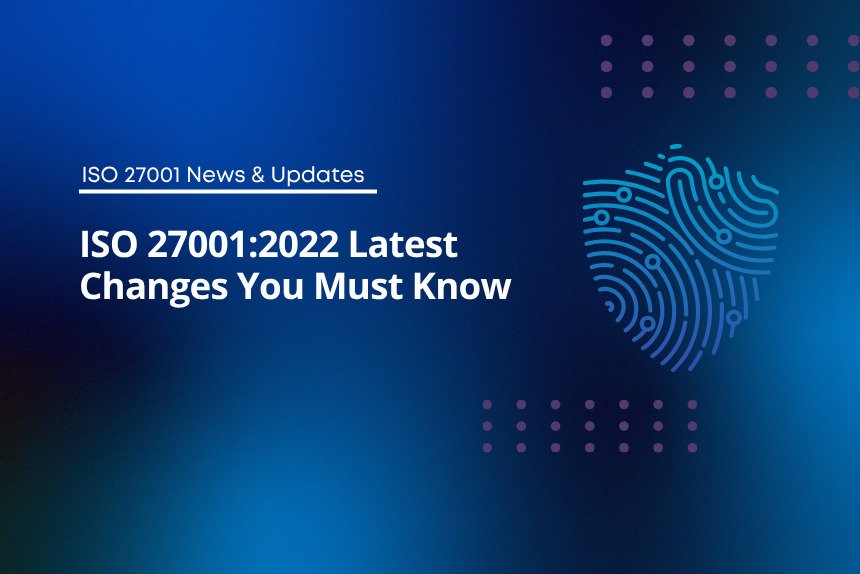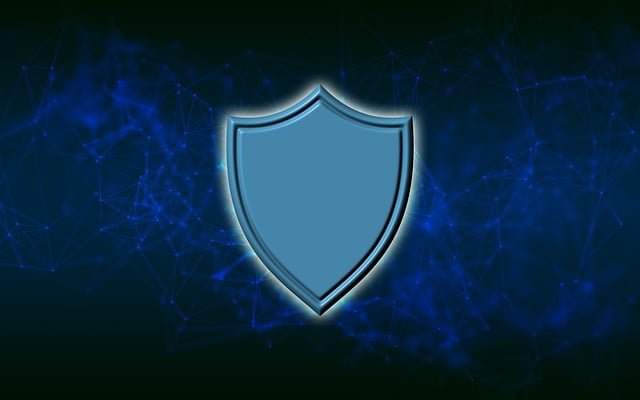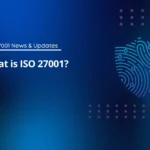Discover the latest ISO 27001:2022 changes, updates, and how they impact information security management in organizations worldwide.
Table Of Content
- What’s new in ISO 27001:2022 – key changes you need to know
- Why the update is important
- Overview of the main changes
- Restructured Annex A controls
- Introduction of new controls
- Changes to clauses and structure outside Annex A
- Alignment with the ISO harmonized structure
- Why these changes matter for organizations
- Simplification and focus
- Addressing the current threat landscape
- Transition urgency
- Integration with other management systems
- Practical steps for transition and implementation
- Key takeaways for information security professionals
- Conclusion
What’s new in ISO 27001:2022 – key changes you need to know
The field of information security is changing very quickly. Organizations need a management system that works in the real world today because there are more cyber threats, cloud services are growing, people are working from home, and supply chains are getting more complicated. ISO/IEC 27001:2022, also known as “ISO 27001:2022,” is the most recent version of the well-known information security management system (ISMS) standard. This article talks about what’s new, why it matters, and what your business should do to get ready.
Why the update is important
- ISO/IEC 27001:2013, the last version, was widely used and provided a strong framework. But over the years, the threats, technology (like cloud, mobile, and IoT), and rules (like data protection and privacy) have all changed.
- The 2022 revision is more in line with the companion standard ISO/IEC 27002:2022 (Information security, cybersecurity, and privacy protection – Information security controls) and makes changes to reflect the current business and risk environment.
- Companies that are already certified under the 2013 version need to get ready for the change. Certification bodies have set deadlines, and audits will focus more and more on ISO 27001:2022.
- From an SEO point of view, this article should focus on phrases like “ISO 27001:2022 changes,” “transition to ISO 27001:2022,” and “new controls ISO 27001:2022” that match what users are looking for.

Overview of the main changes
Here’s a high-level overview of the changes in ISO 27001:2022:
Restructured Annex A controls
The biggest change is in Annex A – Information Security Controls Reference (previously “Reference control objectives and controls”).
- The number of controls has been reduced from 114 in 2013 to 93 in the 2022 version.
- The controls have been rearranged into four themes instead of the 14 domains in the old version. They are:
- Organizational controls (A.5) – 37 controls
- People controls (A.6) – 8 controls
- Physical controls (A.7) – 14 controls
- Technological controls (A.8) – 34 controls
- Many controls were merged, some renamed, and 11 new controls were added.

Introduction of new controls
The standard includes several new controls to address current priorities. Some of these are:
- Threat intelligence – understanding the methods and context of attackers.
- Information security for the use of cloud services – covering the lifecycle of cloud use (onboarding and exit).
- ICT readiness for business continuity – aligning business continuity with IT readiness.
- Physical security monitoring – emphasizing the monitoring of physical access and controls.
- Configuration management, information deletion, data masking, data leakage prevention, web filtering, and secure coding.
Changes to clauses and structure outside Annex A
While Annex A experienced significant changes, there are also updates in the main clauses (4-10) of ISO 27001:2022:
- The standard’s title has been updated to “Information security, cybersecurity and privacy protection – Information security management systems – Requirements.”
- A new clause 6.3 has been added – “Planning of changes.”
- Clause 7.4 now includes a clearer requirement for how the organization communicates within ISMS.
- Some auditing and improvement clauses (Clause 9 and Clause 10) have been restructured to match the ISO management system “harmonized structure.”
Alignment with the ISO harmonized structure
The “Harmonized Structure” in the update makes ISO 27001 more in line with other ISO management system standards, such as ISO 9001 and ISO 22301. This makes it easier for businesses to combine ISMS with QMS, BCMS, and other systems.
Why these changes matter for organizations
Simplification and focus
ISO 27001:2022 wants to help businesses understand, map, and use controls in a business setting, not just an IT setting. It does this by cutting down on and combining controls and putting them into clearer themes.
Addressing the current threat landscape
Adding new controls, such as cloud services and secure coding, shows that there are new risk areas that weren’t as important when the 2013 version came out. If companies don’t pay attention to these, they could find holes in their ISMS.
Transition urgency
Organizations that are already certified under the 2013 version have time to make the switch. Many certification bodies say that new audits after April 2024 must follow ISO 27001:2022. The last day to switch from the 2013 version is October 31, 2025. You could lose your certification or not be in compliance if you don’t plan ahead.
Integration with other management systems
The harmonized structure will help organizations with multiple management systems (like quality, business continuity, and privacy) work together better and cut down on conflicts or overlaps within the organization.
Practical steps for transition and implementation
Here are some things your organization can do:
- Gap analysis: Compare your current ISMS (based on ISO 27001:2013) to the new Annex A structure. Find controls that have been changed, combined, given new names, or added. For instance, 24 controls were combined, and 11 new ones were added.
- Control mapping—Make a list of old and new controls/themes and see where responsibilities change or new treatment is needed.
- Update your risk assessment by going over it again with the new controls in mind (like cloud and data masking) to see where the ones you already have may not be enough.
- Update ISMS documentation: Check and update your policies, procedures, Statement of Applicability (SoA), process definitions, and support documents to make sure they match the new control themes and numbers.
- Training and awareness: Make sure that the right people know about changes in terms, roles, responsibilities, and any new controls, such as the cloud services lifecycle.
- Audit readiness: Talk to your certification body to find out when your next audit will be and what it will be about.
- Continuous improvement: Use the new clauses, such as those about planning changes and communication needs, to make your ISMS stronger than just following the rules.
Key takeaways for information security professionals
- Don’t think that this is just a small change. The basic structure (clauses 4–10) is still there, but the control set (Annex A) has changed a lot.
- New rules are in line with today’s business continuity and cybersecurity needs. If you don’t pay attention to them, you could be in danger.
- There is a real deadline for the transition. Make sure your budget and timeline include audits and possible rework, and that your roadmap is clear.
- Think of this as a chance. Updating to ISO 27001:2022 isn’t just a box to check; it’s a chance to make your ISMS stronger and more in line with the risks that are out there right now.
- The harmonized structure makes it easier to integrate and govern if your organization has more than one management system.
Conclusion
The change to ISO/IEC 27001:2022 is important. It takes into account the changing needs of businesses, the threat landscape, and the rules that must be followed. Now is the time for businesses that are already ISO 27001 certified or want to be to take action. Make a good plan for the transition, update your ISMS paperwork, train your employees, and make sure your next audit follows the new rules. Not only will you be more compliant, but you will also make your information security more resilient by doing these things.
Go to ismsguide.com if you need help with a detailed breakdown of controls, mapping sheets, or advice on how to implement ISO 27001:2022. Soon, we will post more detailed articles.




